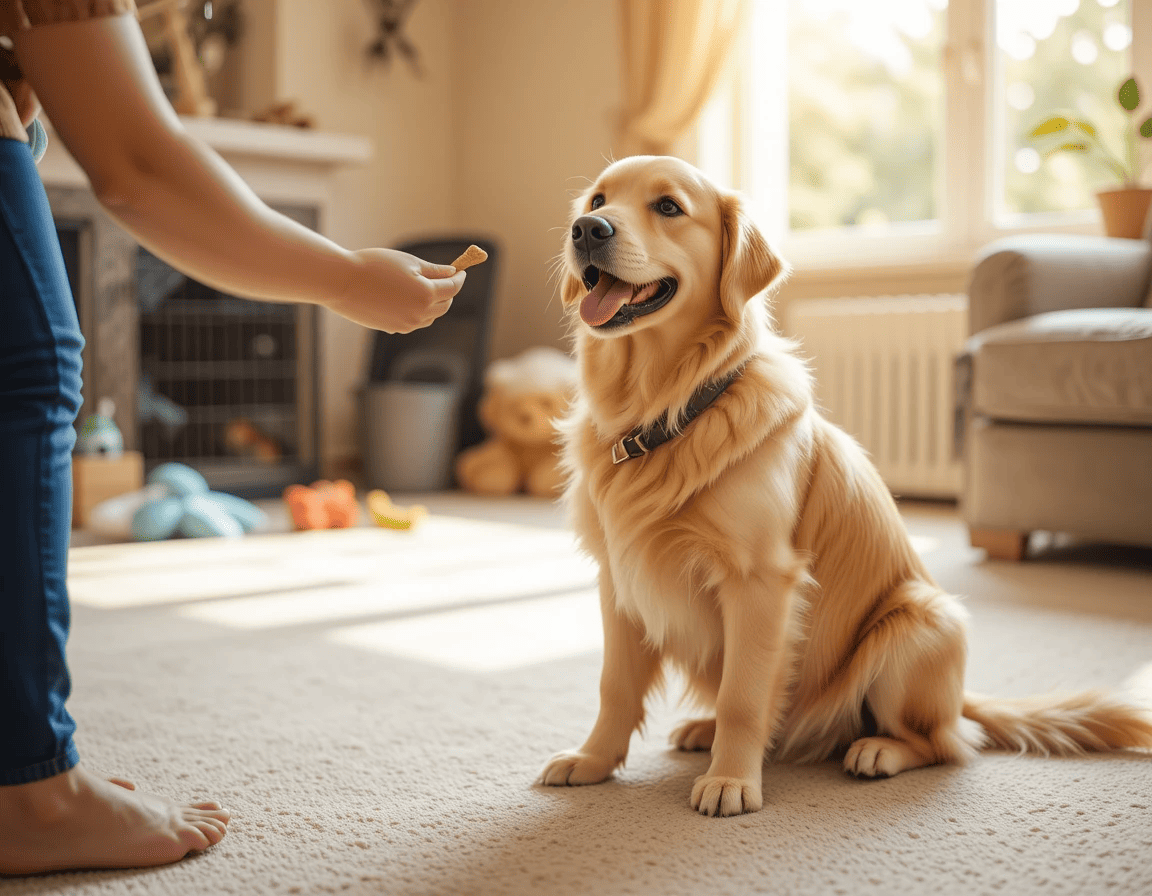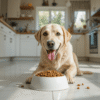
Dog Training 101: Tips for a Well-Behaved Pup
Training your dog isn’t just about teaching tricks—it’s about building a lifelong bond based on trust, respect, and communication. Whether you’re raising a playful puppy or adopting an older rescue dog, training is essential for creating a well-behaved, confident, and happy companion. This guide will walk you through the foundational principles of dog training, essential commands, common mistakes to avoid, and how to tailor your approach to your pup’s personality.
🦴 1. Why Dog Training Matters
Training your dog is more than just teaching obedience—it’s about improving their quality of life. A well-trained dog is less stressed, more social, and safer around people and animals. Training also helps prevent behavior issues, such as excessive barking, jumping, or destructive chewing.
Well-trained dogs are more welcome in public places, at dog parks, and even in some businesses and rental properties. Plus, training deepens your bond and increases your dog’s trust in you as their leader.
🐾 2. Start With the Basics
No matter your dog’s age or breed, training should begin with the fundamentals. These core commands are the foundation for all future learning:
✅ Sit
This is usually the first command dogs learn. It’s a great way to control energy before meals, walks, or greetings.
✅ Stay
Teaching your dog to stay in place builds patience and helps you manage them in public or distracting environments.
✅ Come
This command is critical for safety, especially if your dog is off-leash or at risk of running into danger.
✅ Down
Useful for calming your dog in high-energy situations or when they need to settle.
✅ Leave it / Drop it
These commands prevent your dog from picking up dangerous items or chewing inappropriate objects.
🧠 3. Use Positive Reinforcement
The most effective and humane method of dog training is positive reinforcement. This means rewarding good behavior instead of punishing bad behavior.
🎁 Examples of Positive Reinforcement:
-
Treats
-
Verbal praise (“Good boy/girl!”)
-
Toys or playtime
-
Belly rubs or pets
Rewards should be immediate, consistent, and motivating for your dog. Timing is key—praise or reward must follow the behavior within seconds for your dog to make the connection.
Avoid punishment-based techniques like yelling, leash-jerking, or shock collars. These methods often create fear, stress, and behavioral issues.
⏰ 4. Keep Training Sessions Short and Fun
Dogs, especially puppies, have short attention spans. Keep training sessions short—5 to 10 minutes per session, a few times a day. Always end on a positive note to keep your dog eager for the next session.
Make training a game. Use upbeat energy, switch commands often, and keep your dog mentally engaged. A bored or frustrated dog is less likely to retain what you’re teaching.
🐕 5. Socialization is Part of Training
Training isn’t just about obedience—it’s also about helping your dog become comfortable in the world. Socialization means exposing your dog to different people, animals, environments, sounds, and situations in a positive way.
👥 Key Socialization Opportunities:
-
Walks in the neighborhood
-
Trips to pet-friendly stores
-
Meeting other dogs (safely)
-
Car rides
-
Vet visits
The critical window for puppy socialization is between 8 and 16 weeks of age, but socialization can—and should—continue throughout your dog’s life.
🐶 6. Consistency is Everything
Dogs learn best when training is consistent. That means:
-
Using the same words for commands.
-
Enforcing rules uniformly.
-
Having everyone in the household follow the same guidelines.
For example, if you allow your dog on the couch but someone else punishes them for it, your dog will be confused. Consistent rules help your dog understand what’s expected.
🛑 7. Common Training Mistakes to Avoid
Even well-intentioned owners can make mistakes that slow progress or create confusion. Here are some of the most common:
-
Inconsistency: Switching up commands or rules confuses your dog.
-
Impatience: Dogs need repetition. Don’t expect perfection overnight.
-
Punishment: Negative methods damage trust and create anxiety.
-
Lack of structure: Dogs thrive on routine and clear expectations.
-
Skipping socialization: Fearful behavior later often results from lack of exposure early.
🐾 8. Crate Training: A Powerful Tool
Crate training is not about confinement—it’s about creating a safe, personal space for your dog. A properly introduced crate can:
-
Help with housebreaking.
-
Provide a secure area when guests are over.
-
Reduce anxiety during travel.
-
Prevent destructive behavior when unsupervised.
Never use the crate as punishment. Make it cozy with a bed, toys, and occasional treats.
🎓 9. Tailoring Training to Your Dog’s Personality
Every dog is unique. Breed, age, energy level, and background all influence how your dog learns. Some dogs are food-motivated, while others respond better to toys or affection.
🐩 Examples:
-
A Border Collie may thrive on mentally stimulating tasks and advanced tricks.
-
A Bulldog may require shorter sessions with more patience and breaks.
-
A rescue dog may need extra time to build trust before starting formal training.
Know your dog. Adjust your methods to what motivates them and proceed at their pace.
👨🏫 10. When to Seek Professional Help
If you’re struggling or dealing with serious behavioral issues—such as aggression, anxiety, or resource guarding—don’t hesitate to seek a certified dog trainer or animal behaviorist. A professional can provide tailored guidance and support.
Look for positive-reinforcement trainers or organizations like the Association of Professional Dog Trainers (APDT).
🐶 Conclusion: A Well-Trained Dog is a Happy Dog
Training is one of the greatest gifts you can give your dog. It ensures their safety, strengthens your relationship, and opens the door to a more adventurous life together. Whether you’re teaching basic commands, solving behavior issues, or simply bonding over a game of fetch, training should always be rooted in patience, positivity, and love.
Start small. Stay consistent. And always celebrate your dog’s progress—no matter how big or small




Add comment